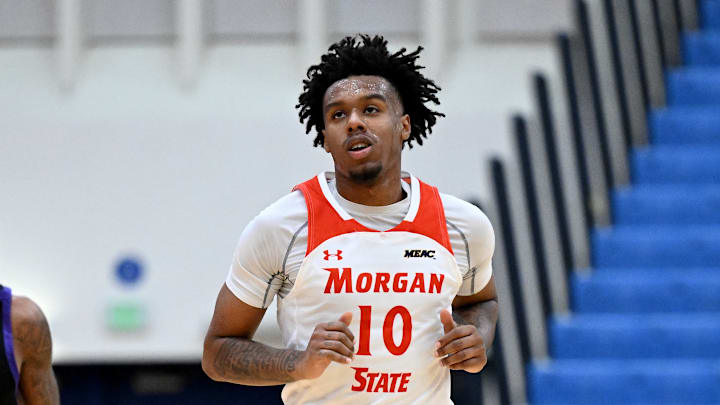Like most mid-major basketball programs at the D1 and D2 levels, getting opportunities where you can play meaningful basketball after the regular season ends is like platinum. Whether it's qualifying for the big dance (The NCAA Division I tournament), or any of the ancillary post-season tourneys that run parallel to the quest for the National Championship, chances to take a team to play for any hardware during that period of time is hard-earned. HBCU (Historically Black College & University) basketball programs on both the Division 1 and Division 2 level, are even more hard-pressed to get to the promised land of post-season play.
These conferences, the Mid-Eastern Athletic Conference (MEAC - D1), the Southwestern Athletic Conference (SWAC - D1), the Central Intercollegiate Athletic Association ( CIAA - D2), and the Southern Intercollegiate Athletic Conference (SIAC -D2), are the main beneficiaries for this inaugural event. Teams from the HBCU Athletic Conference (NAIA) will not be eligible for inclusion in this post-season event.
What does this mean for the overall landscape of HBCU basketball?
Well, it's not a stretch to say that many men's and women's programs at HBCU schools on the NCAA Division 1 and Division 2 level, don't necessarily get the amount of visibility (or opportunities for post season play and development) that some of their counterparts at each level of play do. This is more of a by-product of the ultra-competitive landscape of modern college basketball than anything else.
While other secondary post-season tournaments are also geared to provide opportunities for meaningful play and program development, the BCIC may be the only one that includes teams from the Division II ranks to participate in a collaborative event. The current format for the Black College Invitational Championship still delineates between D1 and D2 status, with no inter-division play. More chances to play post-season ball equals more opportunities for program visibility and exposure for squads that don't normally experience the spotlight. That's a benefit for any teams that may be selected to participate.
Will the BCIC just be a one-time thing?
n a word? No. The founders and sponsors of the Black College Invitational took an opportunity to fill a void left by one of the more recognizable events in all of HBCU Collegiate Athletics, the tradition-laden and venerable Central Intercollegiate Athletic Association basketball tournament. The economic value of a postseason basketball event will be a welcome return to a city that's used to having high profile college basketball be a focal point. The unique culture of the HBCU basketball product isn't missed here, with the CIAA being a fixture in the region for decades before the conference moved the tournament to Baltimore, Maryland.
The BCIC has the potential to be a significant platform for exposure for both men's and women's basketball programs at Historically Black Colleges & Universities. In a postseason ecosystem where chances to play meaningful games may be hard to come by, the creators of this event are looking to offer a viable alternative to programs that might opt out of going to entities like the CBI (College Basketball Invitational) or the CIT (College Insiders Tournament). Rule changes to the National Invitational Tournament (NIT) make the BCIC an even more attractive option to schools that may eventually be squeezed out for bids. It will definitely be interesting to see how successful the event is in its' first year of existence.
Stay Tuned to Busting Brackets for further coverage of MEAC, SWAC, and HBCU hoops at the NCAA Division I level!
